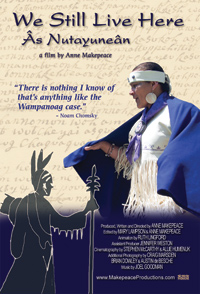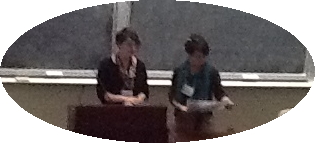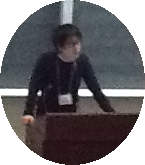Speaker: Donca Steriade
Title: The cycle without containment: the phonology of the Romance perfect
Location: 32D-831
Time: Monday, Nov 28, 5:00pm
The stems of all perfect forms in Latin and Romanian are systematically similar to each other, and distinct from all other forms of the verb. E.g.,
| Non-perfect | Verbal Perfect | Perfect participle | |
|---|---|---|---|
| (3rd pl. ind. pres.) | (1st pl. ind.) | (Masc. nom. sg.) | |
| Latin ‘see’ | [vid-é:]-mus | [ví:s]–i–mus | [ví:s]–us |
| Romanian ‘see’ | [ved–é]–m | [vʌz–ú]–rʌ–m | [vʌz–út] |
Aspectual stems in brackets.
Despite their similarity, the perfect forms have no affix in common. In each language, the perfect participle uses different affixes from the non-participial perfect forms. I show that in the absence of a general perfect affix, these languages mark the aspectual identity of all perfect forms through their global shape similarity: e.g., all Latin perfect stems are required to have identical syllable count; Romanian perfect forms are required to be accentually identical.
In both systems, the phonological similarity between perfect stems has two of the characteristics of the Base-Derivative relation (Benua 1998): it is unexpected, given the ranking of general Markedness and IO Faithfulness conditions in each language; and it is enforced asymmetrically, with one form functioning as a Base and the other as its Derivative. But the analysis of both cases requires an essential modification relative to Benua’s theory and its classical cyclic antecedents (Chomsky, Halle and Lukoff 1965): the correspondence between exponents is established based on the shared properties of their associated syntactic structures, but without any requirement of syntactic containment between the base structure and its derivative (Steriade 2008). In these two systems global phonological similarity functions as a substitute for a shared affix. The phenomenon of cycle-without-containment is predicted by the proposed change in the theory of cyclic inheritance and supports it against competing mechanisms.














